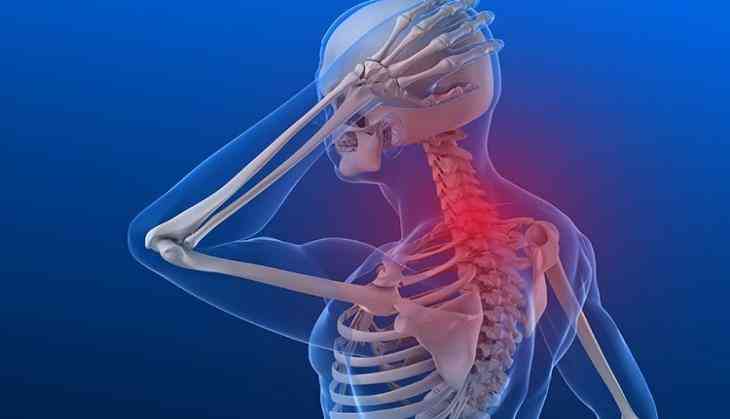How to deal with critical spinal injuries? Timely action, rehabilitation make the differenc

In 2008, Kashyap Rawat was rendered completely paralytic due extensive injuries suffered during a terrorist attack in Connaught Place in Delhi. Only 25 years of age then, he remained on ventilator for nearly four weeks.
Rawat took two and a half years to fully recover and stand on his feet again.
"His injuries were extensive," Rajendra Prasad, a senior consultant and spine surgeon at Indraprastha Apollo Hospitals, said.
Rawat was brought to the hospital with cervical spinal injury with complete paralysis from neck down, tracheal and oesophageal injury. His lung had collapsed and there were fractures in left radius and ulna (bones in the forearm) and left fibula (leg bone), Prasad said.
"We did multiple surgeries to remove metal fragments from his body. He also required tracheostomy, an incision made in the windpipe to facilitate air passage for breathing," he added.
Rawat remained in the ICU for one month and spent another in the ward.
Now a resident of Vadodara in Gujarat, he thanks the doctors for the new life.
"Slowly with the help of physiotherapy and yoga, I have recovered from paralysis. Though I have regained much of my strength on my left side, the right side of my body is still not fully recovered," he said.
"I feel stiffness in my muscles because of which I cannot sit for more than an hour. I have to constantly move my legs. But thanks to the support from the doctors, I have come a long way from complete paralysis."
Rawat is now independent, employed and ambulates with support, Prasad said, highlighting how timely and safe transfer to a tertiary care centre is essential.
For critical spinal surgeries, timely intervention can mean the difference between full recovery and disability, doctors say.
Discussing the importance of rehabilitation, Prasad said post spinal operations, neuro-rehabilitation is necessary to help patients regain lost neurological functions and allow them to walk, rather than become permanently confined to a wheel chair.
He shared the case of Priyanka, who at 21, had suffered a fall which led to severe pain in her back followed by retention of urine and weakness in lower limbs.
"MRI revealed that she had lumbar fracture of L1 and spinal cord compression by the fractured bone. She had to undergo two surgeries to decompress and stabilize the spine," Prasad said.
Tarun Sahni, senior consultant, internal medicine, at the Apollo hospital, said Priyanka took three months of rehabilitation to recover. She is now fully mobile.
"The key in this case was the quick action by her family who safely took her to the hospital without any delay. She had paralysis of legs and lost her bladder function. Today, she is well and looking forward to her wedding shortly."
Prasad explained why it is important to manage spinal injuries at the site of accident.
He said it is very important for trauma victims to get immediate attention to ABC (airway, breathing, circulation) at the site of injury by trained first-responders.
After that, he said, the patient should be transported safely to a hospital, on a spine board, without making the injury worse, within the "Golden Hour".
Serious multi-trauma patients should be transported directly to a tertiary hospital where head, spine, chest, limbs and abdominal injuries can all be dealt with.
"Many lives can be saved and long-term disability reduced by proper care. It is important that patients get neuro-rehabilitation after acute medical care for better chances of recovering mobility," Prasad added.
-PTI

